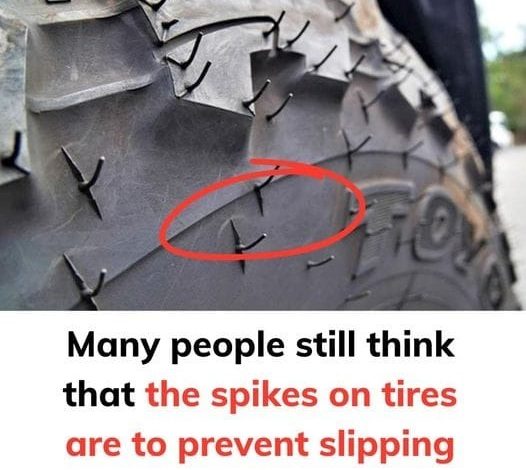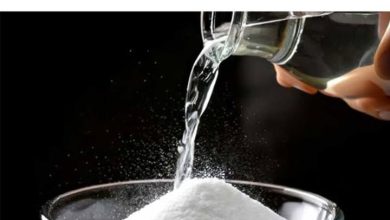Many people still think that the spikes on tires are to prevent slipping

It’s a really common misconception that those little “spikes” you often see on brand-new tires are there to provide extra grip or prevent your vehicle from sliding. But that’s not their purpose at all! In reality, these tiny protrusions are simply a normal part of the tire manufacturing process and don’t affect how your tires perform on the road.
ADVERTISEMENT
What Are Those Little Spikes, Anyway?
Those small, hair-like bits, which some people call “tire hairs” or “nibs,” have a proper name: vent spews. They’re an unavoidable byproduct of how tires are made and are completely harmless. Think of them like the tiny remnants you sometimes see on plastic items that have been molded. They’re just leftover bits from the production process.
ADVERTISEMENT
How Do Vent Spews Form During Manufacturing?
The process of creating a tire involves injecting hot, melted rubber into a large, detailed mold. For the tire to form perfectly without any weak spots or air pockets, the mold has many tiny holes, or vents. These vents are essential because they allow any air trapped inside the mold to escape as the rubber fills it. If this air couldn’t get out, you’d end up with bubbles in the tire, which would make it weak and unsafe.
ADVERTISEMENT
As the hot, liquid rubber flows into the mold, some of it naturally gets pushed into these minuscule vent holes, along with the escaping air. Once the rubber cools and the tire is removed from the mold, the rubber that squeezed into these vents solidifies, creating those small “spikes” or vent spews. It’s a bit like squeezing toothpaste out of a tube – a little bit always comes out of the end.
Do They Actually Impact Tire Performance?
The simple answer is no, not at all! While they might look like they have a job to do, vent spews have absolutely no effect on how your tire grips the road, how fast your vehicle goes, or its ability to prevent skidding. They are purely cosmetic and, in fact, they usually wear off pretty quickly once you’re driven a short distance on your new tires. Their presence (or absence) doesn’t make your tire any better or worse at its main job: keeping you safely connected to the road.
So, the next time you spot those little “spikes” on a brand-new tire, you’ll know they’re just a harmless and interesting result of how tires are made, not a feature designed for performance or safety. They’re just a sign that your tire is fresh off the production line!




